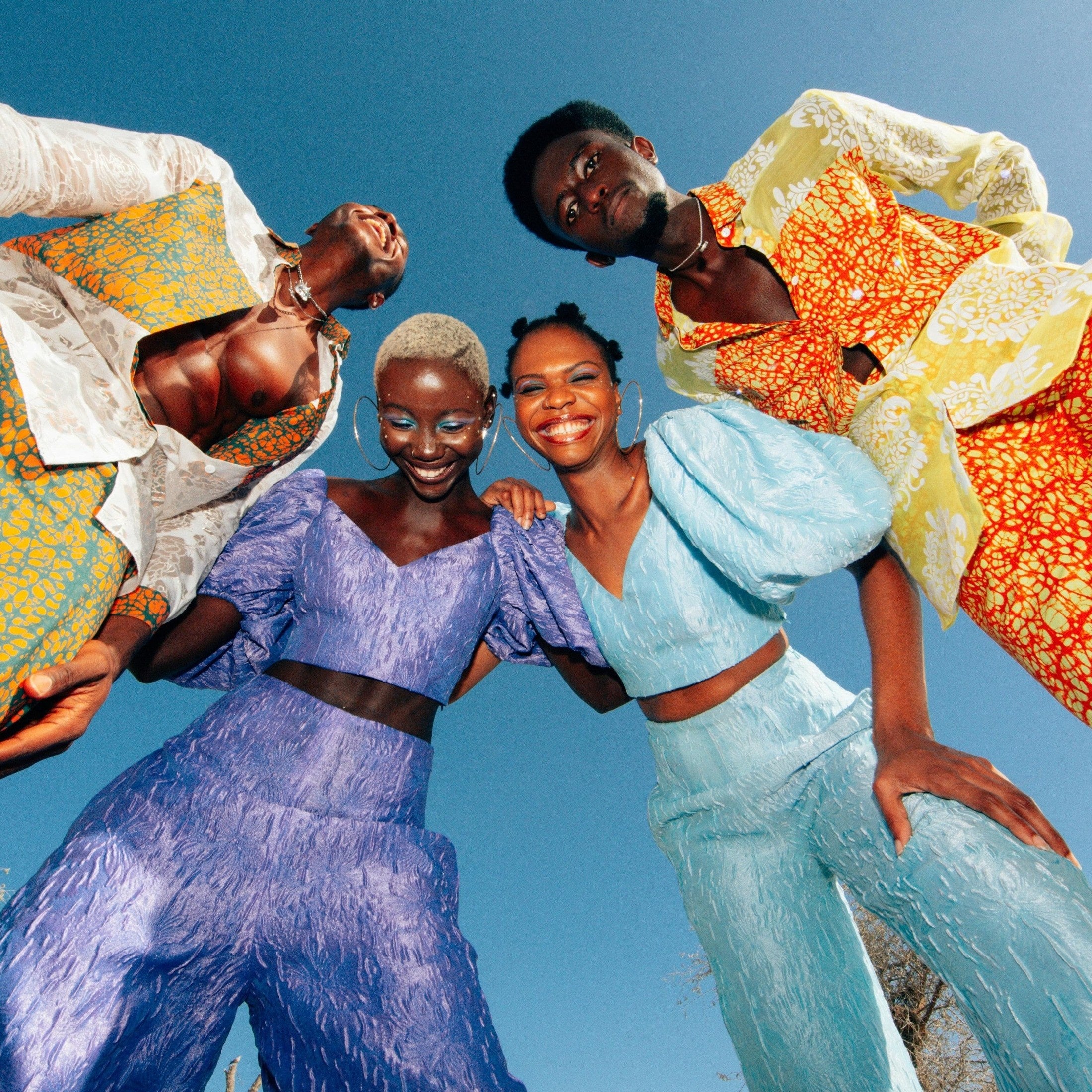Article: What is African Clothing Called

What is African Clothing Called
African clothing, with its rich diversity and cultural significance, varies widely across the continent, reflecting the traditions, history, and identity of its many communities. This blog post delves into the myriad of traditional and contemporary African attire, showcasing the vibrant fabrics, intricate designs, and unique styles that characterize African fashion.
Traditional African Clothing
1. **Dashiki**
The Dashiki is a colorful garment with intricate designs, typically worn in West Africa. It is known for its loose fit and elaborate patterns, often featuring embroidered necklines. Dashikis are worn for both casual and formal occasions, symbolizing wealth and cultural pride.

2. **Kente Cloth**
Originating from Ghana, Kente cloth is a silk and cotton fabric made of interwoven cloth strips, renowned for its dazzling, multicolored patterns, geometric shapes, and bold designs. Each color and pattern has significant meaning, and the cloth is traditionally used in ceremonial garments like stoles and wraps.

3. **Boubou**
The Boubou is a flowing, wide-sleeved robe that is a common garment in many parts of West Africa. It's known for its ease and elegance, often made from light, airy fabrics that drape beautifully. The Boubou can be simple or elaborate, with detailed embroidery that adds a touch of sophistication.

4. **Kitenge or Chitenge**
Widely worn in East and Central Africa, the Kitenge or Chitenge is a vibrant cotton fabric similar to a sarong, often adorned with intricate patterns and symbols that convey messages or proverbs. It is used for everyday wear and special occasions, versatile in its use as a skirt, dress, headwrap, or even as a baby sling.
5. **Agbada**
The Agbada is a grand, flowing robe that is particularly popular in Nigeria, Ghana, and other West African countries. It is a symbol of status, wealth, and power, often elaborately embroidered in traditional patterns. The Agbada is typically worn over other garments, such as a shirt and trousers, and is a common sight at weddings and important ceremonies.

Contemporary African Fashion
Modern African fashion has seen traditional garments and fabrics being reimagined in contemporary designs, blending the old with the new. Designers are innovating within the rich tapestry of African textiles, creating fashion that honors tradition while embracing modern styles.
1. **Ankara**
Ankara, also known as African wax prints, has gained international popularity for its vibrant patterns and colors. It is used in a wide range of garments, from casual wear to haute couture, reflecting a blend of traditional and modern aesthetics.

2. **Modern Dashikis and Kitenge**
Designers are incorporating traditional elements like Dashiki patterns and Kitenge fabrics into modern garments such as dresses, shirts, and trousers, making African fashion accessible and wearable in everyday life.
The Cultural Significance
African clothing is deeply embedded in the continent's cultural heritage, with each garment telling a story of identity, community, and history. The colors, patterns, and styles are not just about aesthetics but are imbued with symbolic meanings, conveying messages about the wearer's social status, community, and personal identity.
Conclusion
African clothing, from traditional garments like the Dashiki and Kente to contemporary designs using Ankara fabrics, represents a rich cultural heritage and dynamic fashion landscape. It embodies the diversity, vibrancy, and resilience of the African continent, holding both cultural significance and a growing influence in the global fashion industry. As African fashion continues to evolve, it remains a profound expression of the continent's history, identity, and creative future.


Leave a comment
This site is protected by hCaptcha and the hCaptcha Privacy Policy and Terms of Service apply.